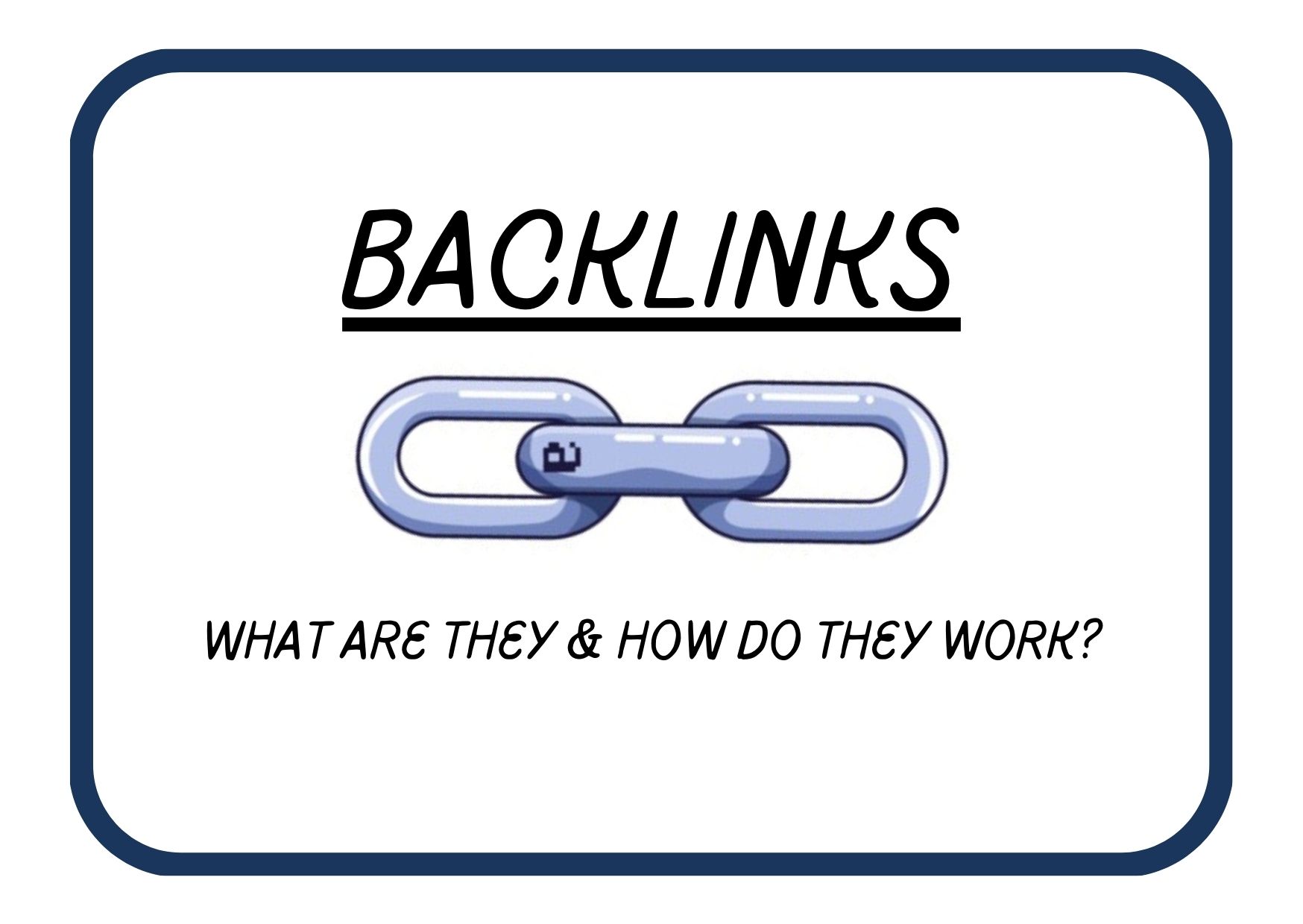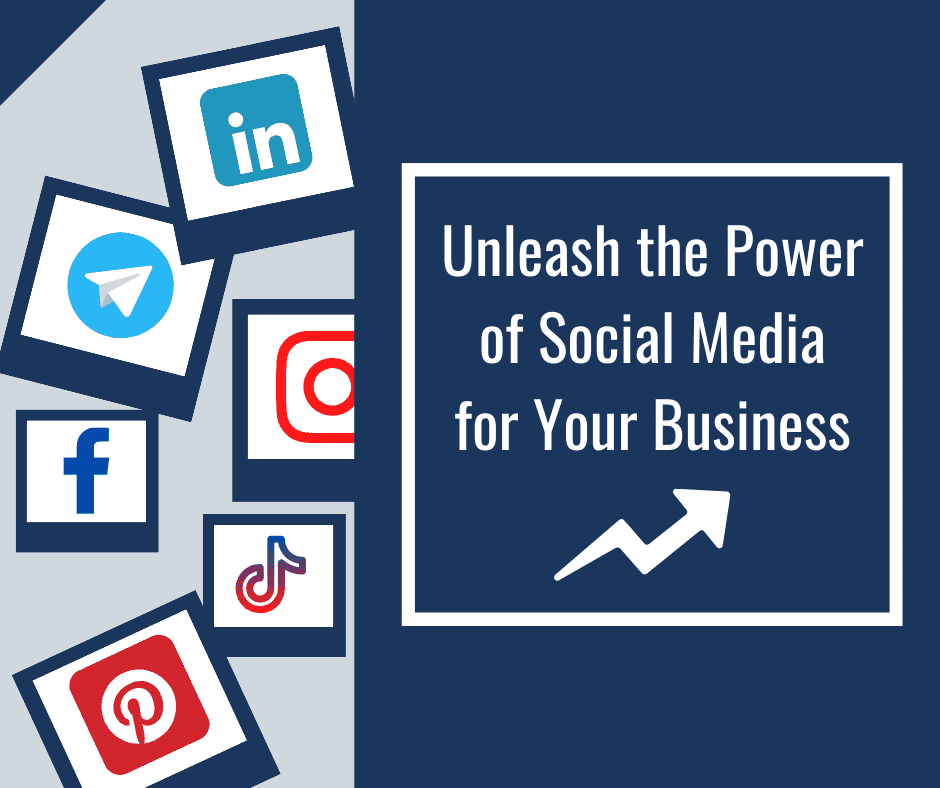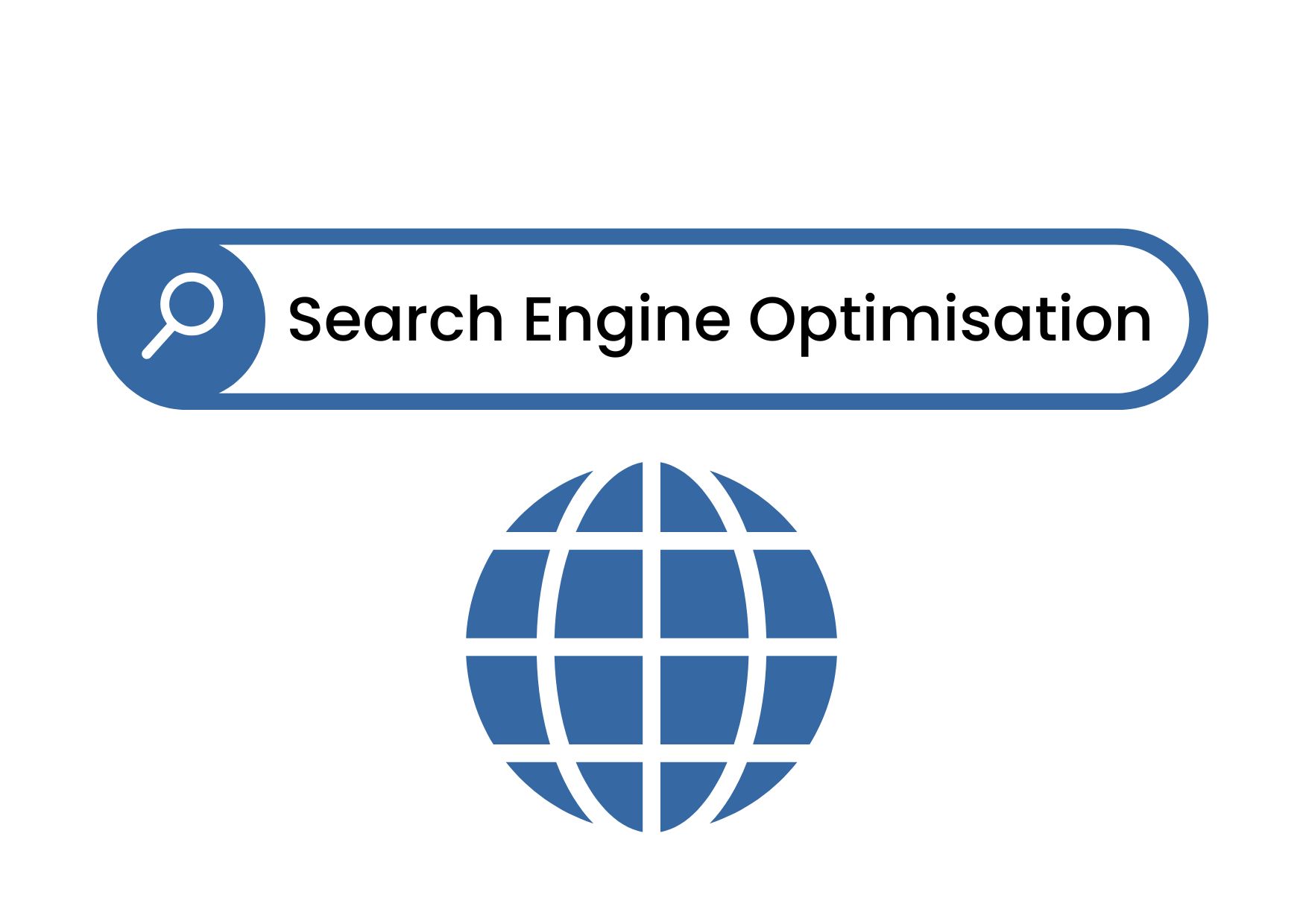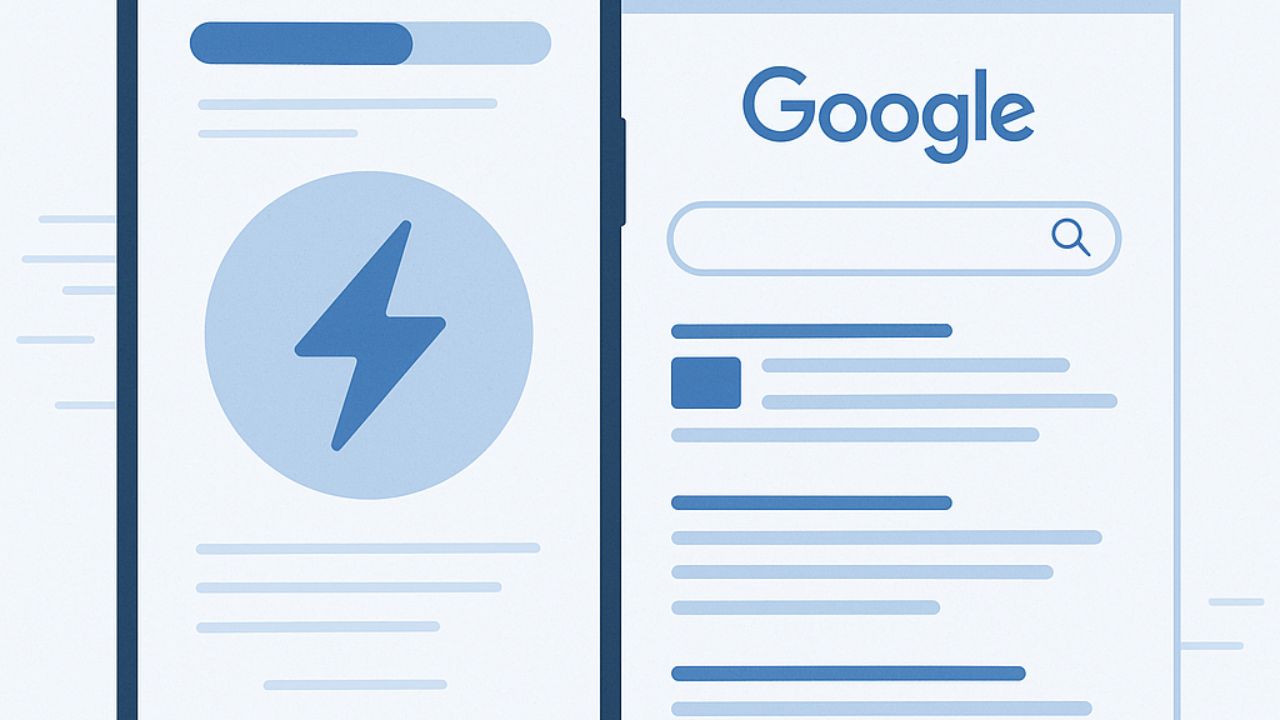
Backlinks
In our last post I briefly mentioned backlinks then left you hanging, said “see you next week” and signed off. Whilst I hope it hasn’t been keeping you awake at night, you’ll be relieved, I’m sure, that this week’s post is dedicated solely to them, backlinks. Truthfully, they aren’t that complicated, they are just very deserving of their own post as they can be extremely helpful when it comes to SEO for your business.

What are backlinks?
When I was initially trying to get my head around all things SEO, I found the best way to think of a backlink was: ‘like a citation.’ If you’ve ever slaved over an essay, then you are most probably familiar with citations and referencing and if you’re anything like me, you used the citations from other people’s work to find references, instead of doing a lot of the reading yourself. Including a citation in your essay, is like including a link back to that person’s work... do you see where I’m going with this now? Including a backlink on your website, is like citing someone else’s work, the more backlinks, the more trustworthy your website becomes to Search Engines. The more trustworthy your website becomes, the more exposure your site will get and subsequently more people will backlink to your website.
How do backlinks work?
Imagine your website is a giant city. If you need to get somewhere in a city, you could walk slowly up and down every road until you find where you need to be, or you could jump on public transport that will take you to your exact destination. A backlink is like getting on the tube in London, it can not only take you to exactly where you want to go but to every other tube station in the whole of the city. We talked about the crawling phase in our SEO post last week. When Search Engines are crawling through your website, they can’t read, they don’t know that you have the best written content on spiralising vegetables on the internet, they just look for words they can use to categorise your website. With backlinks they can see a whole tube map of websites and credible sources that help them to categorise your website quickly AND confirm your website is trustworthy and worth visiting. This works when they’re on your website and they find backlinks to other websites and very importantly, when other websites backlink their work to yours. The more tube stations/backlinks, the more visitors likely to hop off at your station.

Backlink Does and Don’ts.
Don’t overcrowd your website with too many keywords or Google Penguin will get you! (That’s another post in itself) Do make sure the websites you’re creating backlinks to are related to your content. If your post is about childcare, adding a backlink to information about nursing homes would not return the results you’re after!
Don’t stress yourself out with all the work, some of the most successful backlinks can be found in a Link Round Up- like a newsletter for people that visit your site, full of helpful links and sites in your industry.
Do create interesting, interactive content that people will want to link to, linkable assets!
A Search Engine’s main job is to answer the searchers questions or give them search results that are the most relevant to their queries. Including strong backlinks in your work helps to push your content a little closer to the top of the pile.
If you’ve taken anything from this post, I hope it’s this: I could have and really wanted to include a backlink to spiralising vegetables, but I hope you’ve read enough to understand why that would be pointless… If you really want to learn more about veg in the shape of noodles just pop it in a search engine and check out the top results and their backlinks.





